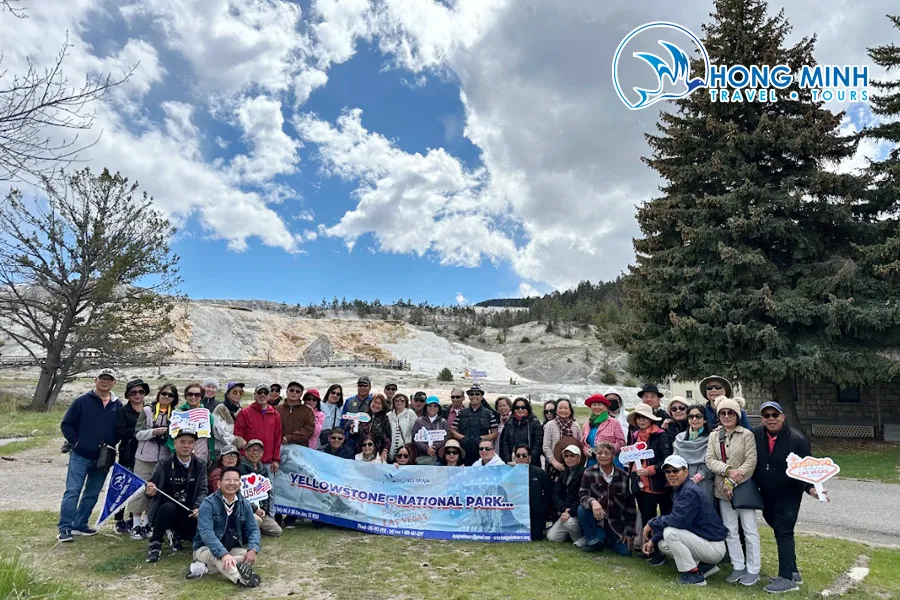Montana, with its untouched and majestic beauty, has long been known as “Big Sky Country” in the United States. This place is not only famous for its towering mountain ranges and turquoise glacial rivers but also a paradise for nature lovers and wildlife photography enthusiasts. In particular, Montana is a top destination to admire and capture impressive moments of moose – a symbol of this land.
If you are a photographer seeking unique shots of this rare wildlife, Montana is a destination not to be missed. This article will guide you to the best locations for moose photography in Montana, while also sharing helpful tips to capture beautiful and memorable photos.
Montana – A Moose Paradise
Moose, with their massive antlers and majestic appearance, are among the largest and most impressive wildlife species in North America. In Montana, the moose population thrives thanks to an ideal habitat with dense forests, swamps, and pristine lakes. They often appear in mid-elevation areas with abundant food sources and minimal human disturbance.
Autumn is the best time to photograph moose in Montana. At this time, maple leaves turn vibrant yellow, creating a stunning backdrop for photos. This is also the moose breeding season, when they are more active and easier to observe. However, you can also spot them in the summer when they seek out water bodies to cool off and forage for food.
Ideal Moose Photography Locations
Montana boasts numerous national parks and nature reserves where you can easily find moose. Here are some of the most outstanding locations that photographers should not miss:
1. Yellowstone National Park
Yellowstone, the first national park in the United States, is not only famous for its geysers and hot springs but also an ideal habitat for moose. The Hayden Valley and Mammoth Hot Springs areas are hotspots for moose viewing. In the early morning or late afternoon, you might see them grazing by the rivers or valleys.

Tips for Moose Photography in Yellowstone:
- Time: Dawn and dusk are when moose are most active.
- Location: Hayden Valley, Mammoth Hot Springs, areas along the Yellowstone River.
- Equipment: Telephoto zoom lens of 400mm or more to shoot from a distance without disturbing the animals.
- Safety: Maintain a safe distance from moose, do not approach too closely or feed them.
2. Glacier National Park
Glacier National Park, with its majestic mountains and glacial lakes, is also a great destination for moose photography. The areas around Lake McDonald and Many Glacier are known for their large moose populations. You can hike on trails or kayak on the lake to search for and photograph them.
Tips for Moose Photography in Glacier:
- Time: Summer and early autumn are the best times to visit Glacier and photograph moose.
- Location: Lake McDonald, Many Glacier, along the Going-to-the-Sun Road.
- Activities: Hiking, kayaking, driving slowly and observing carefully along the road.
- Patience: Moose can appear unexpectedly, be patient and always have your camera ready.
3. National Bison Range
Despite its name, the National Bison Range is also home to many other wildlife species, including moose. This reserve is located near the town of Moiese, Montana, and offers a 19-mile scenic driving route, allowing you to observe moose and other animals from your car.
Tips for Moose Photography at National Bison Range:
- Time: Spring and autumn are ideal times to visit, when the weather is pleasant and animals are active.
- Location: Scenic driving route, grasslands, and forest edges.
- Transportation: Personal car is the primary means of transport within the reserve.
- Binoculars: Bring binoculars to observe animals from a distance and search for moose.
4. Flathead National Forest
Flathead National Forest, located in northwestern Montana, is a vast area with diverse terrain, from high mountains to valleys and lakes. This is an ideal habitat for moose, especially the area around Whitefish Lake and the Flathead River. You can explore Flathead Forest by hiking, camping, or fishing, while looking for opportunities to photograph moose.
Tips for Moose Photography in Flathead National Forest:
- Time: Summer and autumn are suitable times to explore Flathead Forest.
- Location: Whitefish Lake, Flathead River, hiking trails in the forest.
- Preparation: Bring a map, compass or GPS, drinking water, snacks, and weather-appropriate clothing.
- Information: Learn about areas where moose live from park rangers or locals.
Tips for Impressive Moose Photos
To capture beautiful and unique moose photos, you need to equip yourself with certain knowledge and skills. Here are some helpful tips:
- Study moose behavior: Learn about moose habits, habitats, and activity times to increase your chances of encountering and photographing them.
- Patience and observation: Wildlife photography requires great patience. Take time to observe and wait for the best moments.
- Use natural light: Dawn and dusk light is often soft and warm, creating beautiful effects for wildlife photos.
- Pay attention to composition: Find unique shooting angles, combine moose with Montana’s majestic natural scenery to create impressive photos.
- Safety first: Always maintain a safe distance from moose and other wildlife. Never approach too closely or try to feed them.
- Respect nature: Photograph wildlife responsibly, without affecting their habitat.
Conclusion
Montana is truly a paradise for those passionate about moose photography. With stunning locations like Yellowstone National Park, Glacier, National Bison Range, and Flathead National Forest, you will have countless opportunities to admire and capture the wild beauty of this iconic animal. Prepare your camera, plan your trip, and explore Montana for unforgettable moose photography experiences!